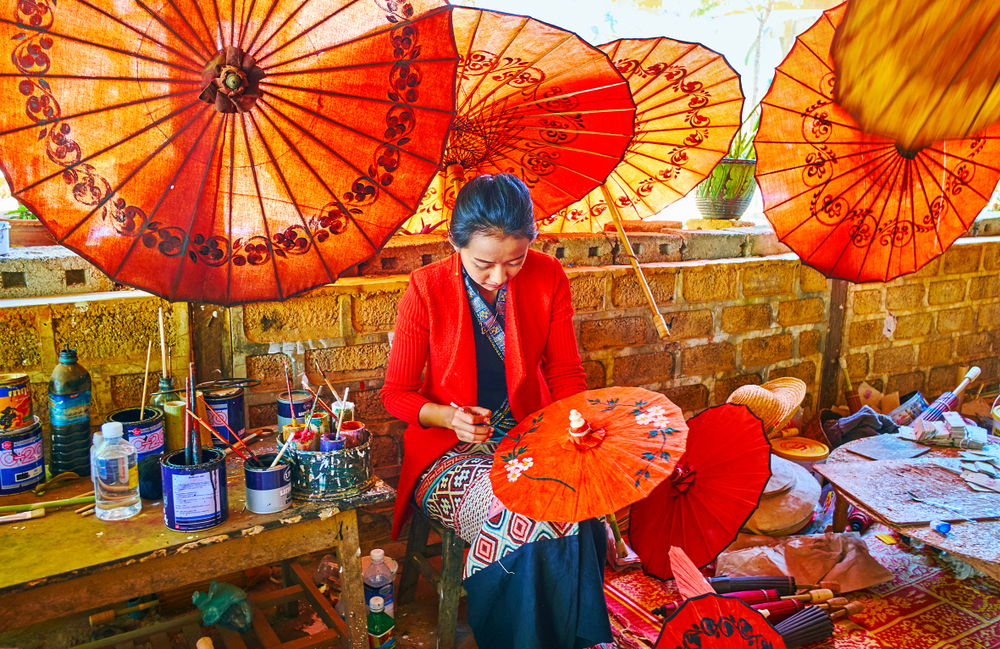The Microfinance Businesses Supervisory Committee instructed microfinance institution (MFI) in Myanmar to ease loan collections among those who are not able to repay during the pandemic. The committee will inspect whether the MFIs follow the orders and take action if they fail to follow.
Myanmar authorities have instructed MFIs not to collect repayments and interest payments by force since early April. MFIs have also been encouraged to give out buffer loans, new loans and fix the payment term for these who are unable to repay on June 14.
Lowering interest rated could reduce access to finance and hence the issue of interest rates should be approached carefully. The government was urged to negotiate with MFIs over payback conditions and reduce the interest rate. As of 2020, 193 MFIs have beem permitted to operate and over K2217 billion has been given out to a total of 5.7 million people.
Source: Myanmar Times

